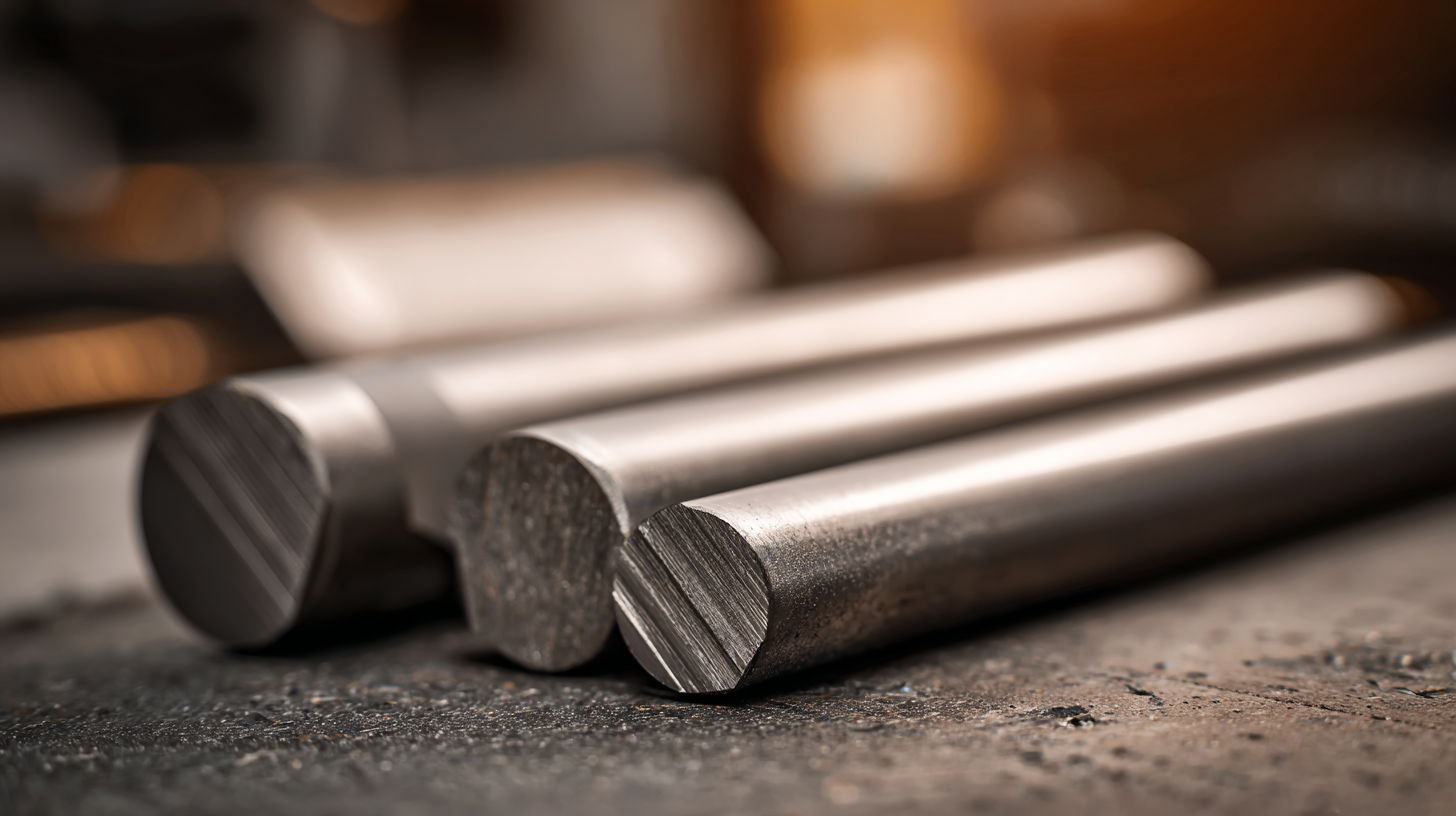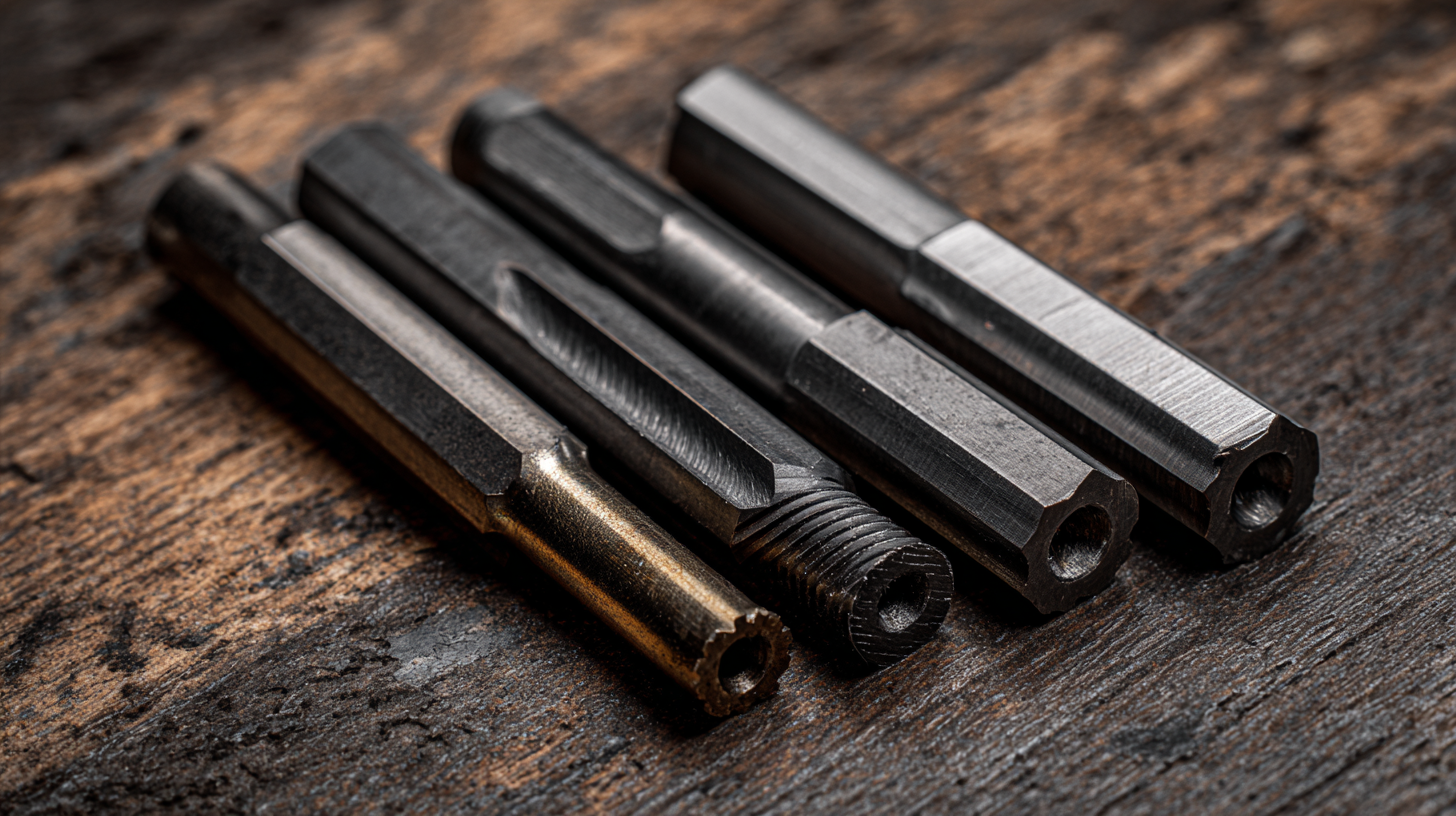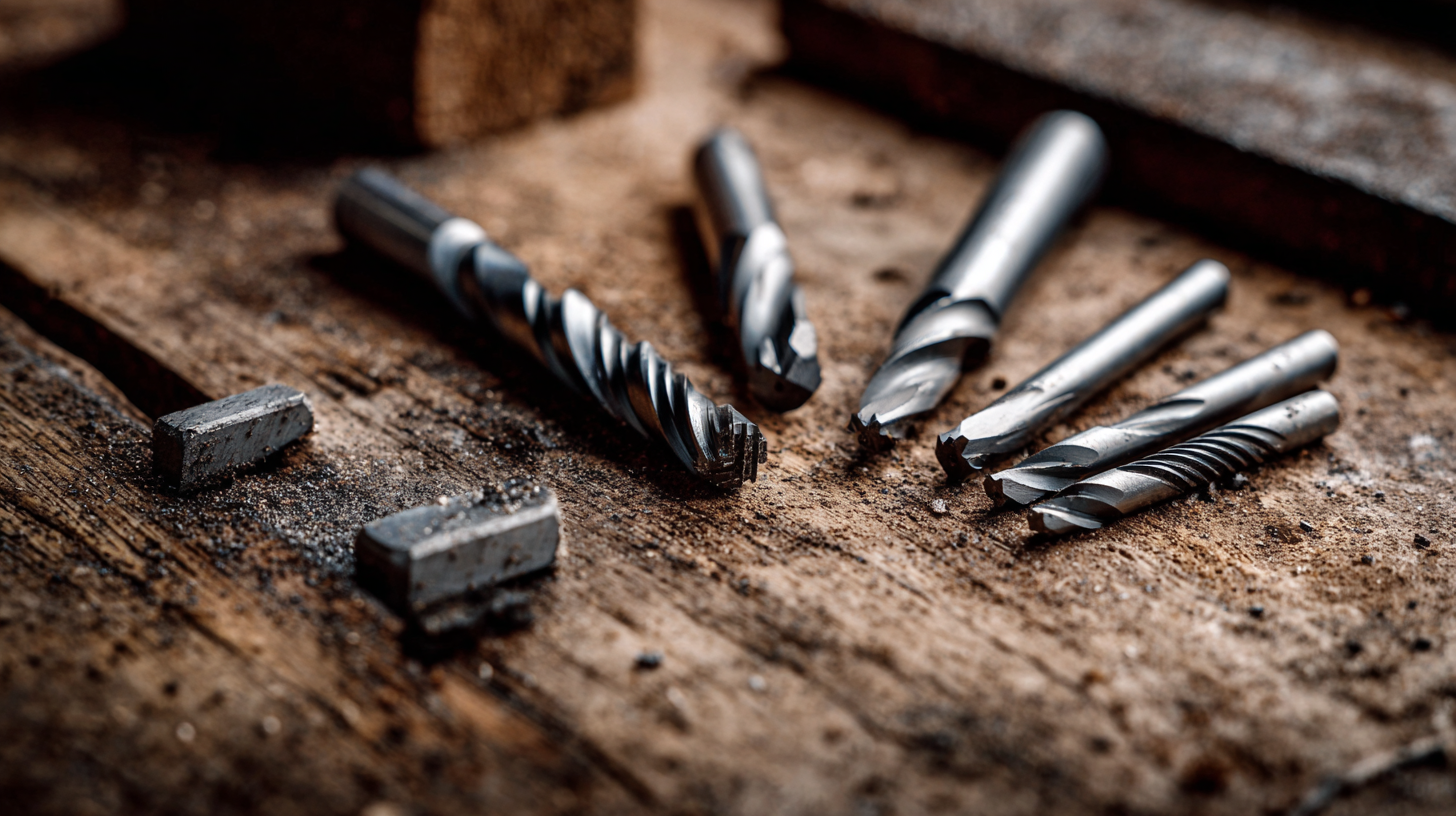SUNDI TOOLS
- Copyright © Wuxi Sundi Precision Tools Co.,LTD All rights reserved.
- Site Map
In the ever-evolving landscape of manufacturing and machining, selecting the right tools is paramount for achieving precision and efficiency. Among the various options, Carbide Cutting Tools have gained prominence due to their durability and superior performance. According to a recent industry report by Grand View Research, the global market for cutting tools, including carbide variants, is expected to reach $14.9 billion by 2025, driven by advancements in technology and increased demand from industries like aerospace and automotive. As manufacturers strive for enhanced productivity and cost-effectiveness, understanding the key factors in choosing carbide cutting tools is essential. This guide will delve into critical aspects such as material properties, coating options, and design considerations, ensuring that you make informed decisions backed by the latest industry data.

When selecting carbide cutting tools, it is crucial to comprehend the various types available and their specific applications. Carbide cutting tools are renowned for their ability to maintain sharpness and resist wear, making them ideal for both high-speed and heavy-duty machining operations. The two primary categories of carbide tools are solid carbide and carbide-tipped tools. Solid carbide tools offer superior performance for precision applications, while carbide-tipped tools are preferable for larger-scale operations due to their durability and cost-effectiveness.
To choose the best carbide cutting tools for your needs, consider the material being processed. Different materials require different tool geometries and coatings to optimize cutting performance. Additionally, it's important to assess the intended application—whether it be rough hogging or fine finishing. For instance, end mills are versatile tools that can tackle both tasks efficiently.
Another tip is to pay attention to tool coatings. Coatings such as TiN or TiAlN can significantly enhance the tool’s lifespan and improve cutting speeds. Always match the tool's specifications with your machinery to ensure compatibility and optimal productivity. Implementing these tips can lead to improved efficiency and longer tool life in your machining processes.
| Type of Carbide Tool | Material Cut | Typical Applications | Advantages | Cost Range (USD) |
|---|---|---|---|---|
| Carbide End Mills | Metals, Plastics | Milling, Drilling | High speed, Durable | $50 - $300 |
| Carbide Inserts | Metals, Alloys | Turning, Grooving | Precision cutting, Cost-effective | $10 - $150 |
| Carbide Tools for Drilling | Concrete, Metal | Drilling Holes | Long life, High performance | $20 - $100 |
| Carbide Tipped Saws | Lumber, Metal | Cutting and Shaping | Clean cut, Efficient | $100 - $500 |
When selecting carbide cutting tools, several key factors must be considered to ensure optimal performance and value. One of the most crucial aspects is the tool's substrate material. High-quality carbide substrates offer improved hardness and wear resistance, which are essential for enduring the high temperatures and pressures encountered during machining operations. According to recent market analysis, the global carbide tools market is projected to expand from $11.54 billion in 2024 to $18.41 billion by 2032, indicating a strong demand driven by advancements in manufacturing technologies.

Another critical factor is the tool's geometry, which plays a significant role in machining efficiency. Different shapes and angles can dramatically affect cutting performance, influencing variables such as chip formation, heat generation, and surface finish. A well-designed cutting tool not only increases productivity but also extends tool life, leading to lower overall costs. As the industry continues to evolve, understanding these factors and keeping an eye on market trends is essential for making informed decisions in the selection of carbide cutting tools.
When comparing solid carbide tools to carbide-tipped tools, several essential factors come into play, particularly in their performance and application. Solid carbide tools are constructed from a single piece of carbide material, offering superior durability, rigidity, and heat resistance. This makes them particularly effective for precision machining of hard materials, where reduced tool wear and improved surface finish are crucial. The lack of bonding agents inherent in carbide-tipped tools means that solid carbide options tend to perform better under high-pressure machining conditions.
On the other hand, carbide-tipped tools combine a steel body with a carbide insert. This design allows for a more versatile and cost-effective solution, as users can replace the tips when worn out without needing to discard the entire tool. However, the performance of carbide-tipped tools can be limited by the bond between the steel and carbide, affecting their longevity under continuous heavy use. As industries continue to evolve, innovations such as niobium carbide (NbC) are being explored, demonstrating promising results as alternatives to traditional tungsten carbide (WC). This shift signifies a growing need for tools that balance performance with sustainability, especially in demanding machining applications.
When selecting the best carbide cutting tools, it is crucial to consider the specific materials they will be used on. Each material has unique properties that require tailored tool characteristics for optimal performance. Recent industry insights indicate that choosing the right tool based on data-driven recommendations can lead to improved efficiency and precision in manufacturing processes.
One essential tip is to match the carbide grade with the hardness of the material. For instance, using a high-grade carbide tool for harder materials minimizes wear and enhances tool life, ensuring that businesses maintain productivity without frequent replacements. Additionally, understanding the geometry of the tool—such as the angle and shape of cutting edges—can significantly impact the cutting efficiency and finish quality.
Another important factor is the cutting conditions, including speed and feed rates, which need to align with the material properties. Tailoring these parameters based on historical performance data can lead to reduced cycle times and improved surface finishes. As industries continue to evolve with trends like AI and advanced analytics, leveraging these insights becomes vital for staying competitive and achieving operational excellence.

Proper maintenance of carbide cutting tools is crucial in extending their lifespan and ensuring optimal performance. According to a report by the Tooling Industry Association, well-maintained carbide tools can last up to 30% longer than those that are neglected. Regular inspection for wear and damage should be a priority; identifying these issues early can prevent further degradation. Operators should also implement a consistent cleaning routine using specialized solvents designed to remove cutting fluids and chip build-up, which can significantly affect cutting efficiency. In addition to cleaning, proper storage of carbide tools is essential. A study conducted by the American Society for Manufacturing Engineers found that tools stored in humid environments lose hardness over time, leading to premature wear. Using temperature and humidity-controlled storage solutions can mitigate this risk. Furthermore, it is recommended to apply a protective coating or oil to prevent corrosion, especially for tools not in regular use. By following these maintenance tips, users can maximize the performance and longevity of their carbide cutting tools, contributing to a more efficient and cost-effective manufacturing process.